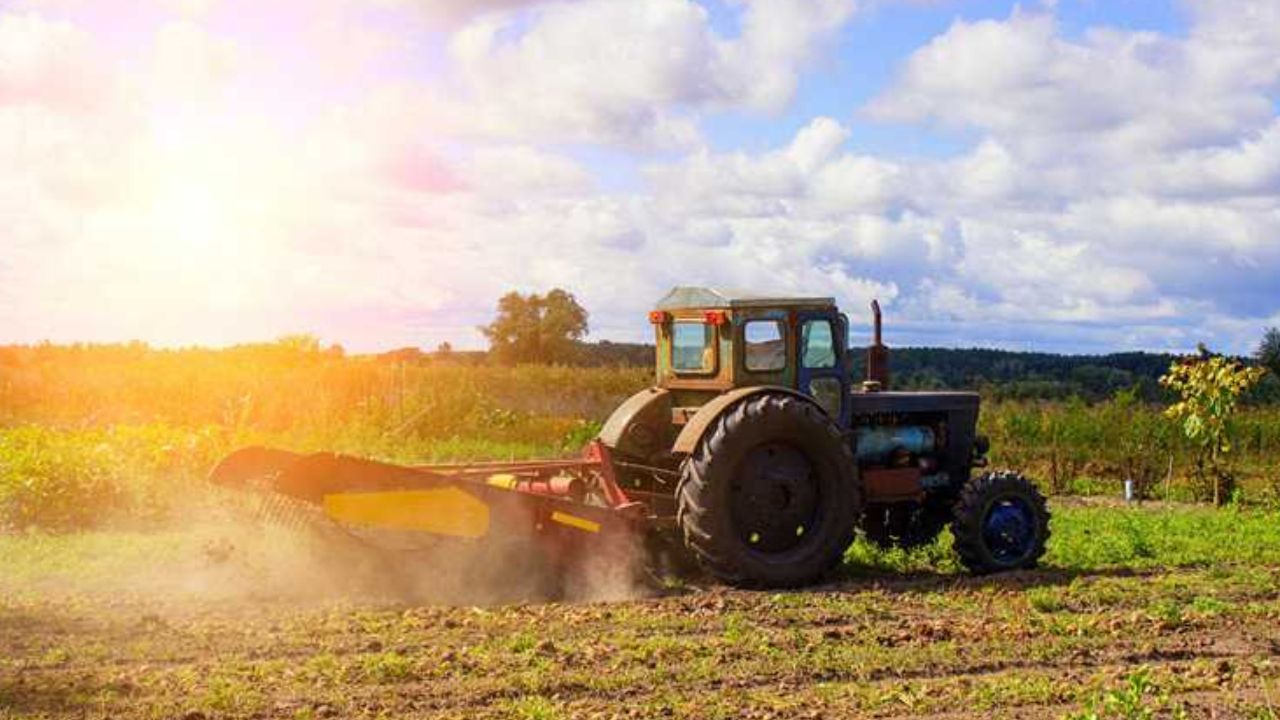Mulching is a popular land management method that has a significant positive impact on ecosystem health. A mulching head teeth is a tool used for forestry and land clearance. Its teeth are responsible for cutting and grinding trees, shrubs, and other vegetation into little bits. These pieces are left on the ground to break down naturally, forming a layer called mulch. This process is flexible and helps both store carbon and improve the environment’s health.
Carbon Sequestration
The process of absorbing and storing CO2 lowers the gas’s concentration in the atmosphere is known as carbon sequestration. Plants collect CO2 during the process of photosynthesis, storing it in various plant components such as the leaves, branches, and roots. Plants have two ways to store carbon: either they store it in the soil or it decomposes into other plant matter and returns it to the atmosphere.
Working on Mulching Head Teeth
Mulching head teeth are designed to shear through vegetation and chop it into small pieces. When the mulched material is left on the ground it starts to decay at an extremely slow rate. It decomposes and releases the nutrients back to the ground and also improves the quality of the ground while at the same time storing carbon. Teeth transform plant material into mulch which remains in the ecosystem as opposed to being released into the atmosphere as carbon.
Enhancing Soil Health
The mulch produced by the mulching head teeth also helps to protect the soil from being damaged as well. This is achieved by reducing the rate of evaporation. This can be of great significance, especially in the growth of plants.
Additionally, when the mulch breaks down, minerals are released back into the soil, boosting its fertility. Plants contribute to CO2 reduction because they can support more plants in better soil, which increases the amount of CO2 that can be absorbed. Over time, this results in a cycle that makes the plants healthier and enhances the process of sequestering carbon, which in turn enhances the health of the ecosystem.
Promoting Biodiversity
Although people often link mulching with the positive impacts of enhancing the soil and conserving carbon, it does much more. It also gives the chance for the creation of different species’ environments. The layer of mulch on the ground provides shelter to small animals, insects, and birds. Therefore, these species play a role in moderating the ecosystem through pollination, decomposition of organic matter, and acting as pest controllers.
Measures to Minimize the Occurrence of Wild Fires
Another function of mulching head teeth is in the fight against wildfires. Mulching is the removal of unnecessary undergrowth especially the dry ones which in turn reduces the fuel load that is available to the fire. This makes areas less prone to fires which if happen are not only disastrous to the environment but also release a lot of carbon into the atmosphere.
Conclusion
One may agree that the concept of mulching head teeth is one of the minor aspects of land management equipment. Their role in improving the amount of carbon storage and the health of ecosystems is critical. These teeth reduce the risk of fire, improve the health of the ground, boost the number of species, and sequester carbon in the form of mulch in vegetation. In these ways, mulching plays a role in fighting climate change as well as enhancing the overall welfare of the environment.








